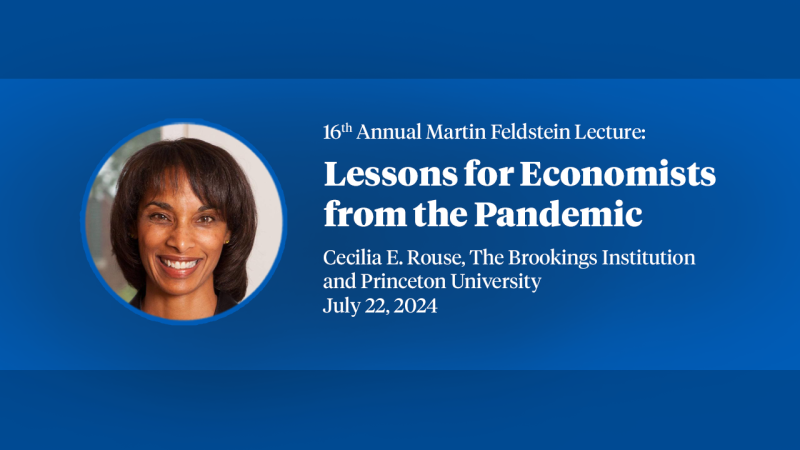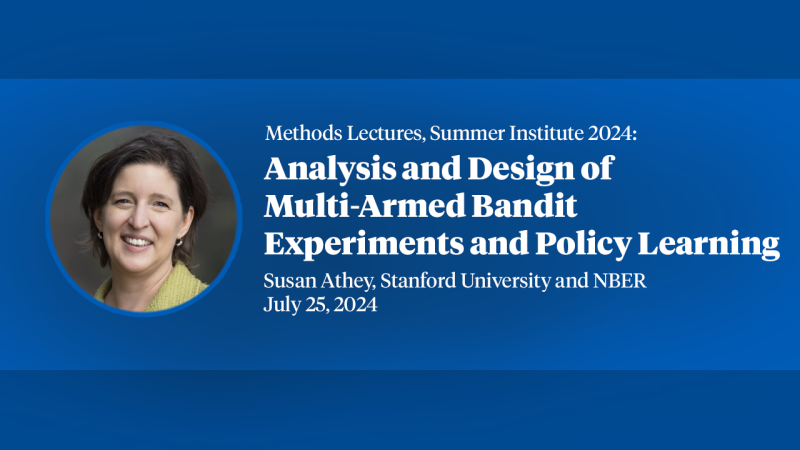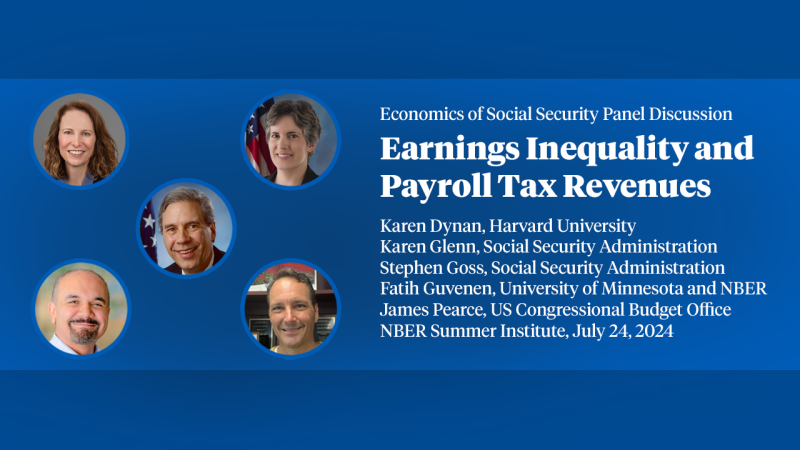Equilibrium Labor Turnover, Firm Growth and Unemployment
This paper considers a dynamic, non-steady state environment in which wage dispersion exists and evolves in response to shocks. Workers do not observe firm productivity and firms do not commit to future wages, but there is on-the-job search for higher paying jobs. The model allows for firm turnover (new start-up firms are created, some existing firms die) and firm specific productivity shocks. In a separating equilibrium, more productive firms signal their type by paying strictly higher wages in every state of the market. Consequently, workers always quit to firms paying a higher wage and so move efficiently from less to more productive firms. As a further implication of the cost structure assumed, endogenous firm size growth is consistent with Gibrat's law. The paper provides a complete characterization and establishes existence and uniqueness of the separating (non-steady state) equilibrium in the limiting case of equally productive firms. The existence of equilibrium with any finite number of firm types is also established. Finally, the model provides a coherent explanation of Danish manufacturing data on firm wage and labor productivity dispersion as well as the cross firm relationship between them.
Published Versions
Melvyn G. Coles & Dale T. Mortensen, 2016. "Equilibrium Labor Turnover, Firm Growth, and Unemployment," Econometrica, Econometric Society, vol. 84, pages 347-363, 01. citation courtesy of ![]()


